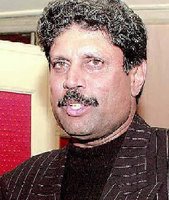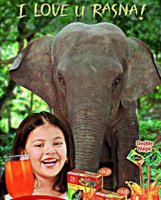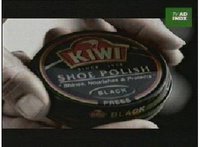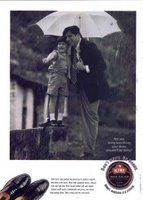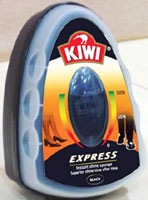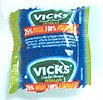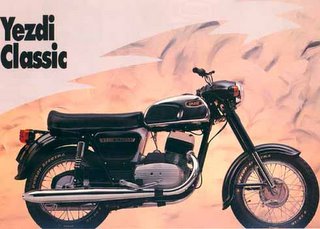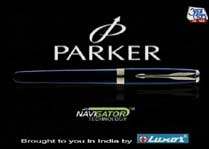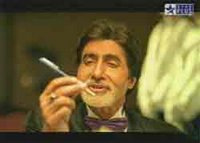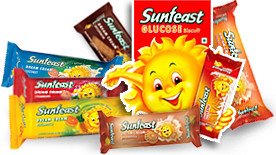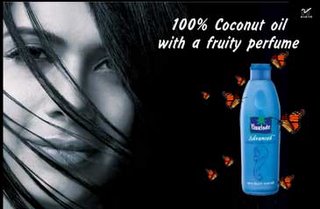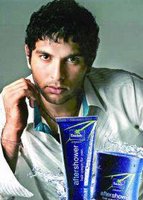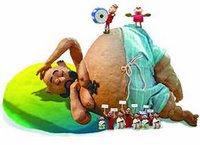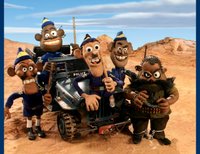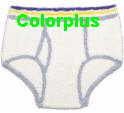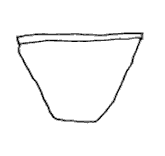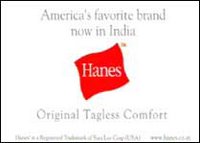Brand : Bajaj Chetak
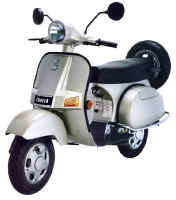
Company : Bajaj Auto Ltd
The brand which ruled the Indian roads have been laid to rest. Bajaj has officially stopped the production of Bajaj Chetak from December 2005. The stocks will last may be upto March 2006. The company says that the product no longer have any relevance to the customer. To quote Rajiv bajaj " Any one who clings to the past is a failure".
I owned a Chetak: a gift from my father for having secured admission to MBA program. It was in the year 1996. Later I exchanged it for a bike in 2001. Still Chetak lingers in me ( or rather haunts me) in the form of " Back Pain".
The brand which was launched in 1972 virtually owned the two wheeler segment. If reports are to be believed, Chetak was an unavoidable dowry in 1970's and 80's. It had a waiting period of more than 10 years ( can you believe it ? ) and now here I am after 34 years, writing the epitaph of this brand.
The brand which was named after the legendary stallion of the Rajput king Maharana Pratap, was known for the reliability and sturdiness. The brand thrived during the license raj with virtually no competition. It was during 1990-91 that the brand began the journey to the end.
Bajaj Chetak had a huge brand equity . The brand had the persona of a " work h

orse". With reasonable price and the low maintenance cost made this product a huge hit among the middle class Indians.
Promoted along the base line " Hamara Bajaj", this was the Indian Family vehicle - a position now owned by Maruthi 800.
But then How can a brand that was so popular and successful fail?
Frankly, I am not sure. But here is what I think about this brand...
The primary reason is that the Brand forgot the customers. Another case of Marketing Myopia. The company failed to understand the changing perception of the customers towards scooters. Rather than looking at the customers, the company focused on influencing Government to block the opening up of economy. Bajaj never did anything with the product. For 40 years Chetak had the same look, same quality and style.
During the mid nineties the company realised lately that the segment has shifted to motorcycles. Scooters were no longer the option. But did the company made a mistake in discarding the scooter segment ? Looking at the way the share prices are going, the market thinks that Bajaj Auto made the right decision. But I think that th
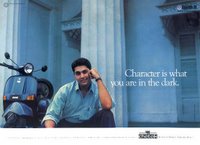
ey made a mistake in leaving the scooter segment completely. Contrary to expectation, the scooter segment has not died. It has only changed.
Chetak lost its identity some where during the nineties. What should be the future of the brand : no body knew. It was only in 2004 that company made any change in Chetak. In 1994 Bajaj introduced Classic another scooter with same style as Chetak, but failed.
Bajaj never was serious about product development. The R&D spent for a long time was a miniscule 1%. The average cycle time for the new product development was 4-5 years compared to 2-3 years of Japanese competitors.
Even after the opening up of economy, the scooter segment did not witness much competition.
The players like Vespa did not had much of success in this segment. Kinetic Honda managed to carve a niche with its gearless scooters. Another segment which was growing was the scooterette segment which was dominated by TVS scooty.
Bajaj never seriously looked at customer perception about Chetak. The product had serious problems like starting trouble and riding comfort. The " Tilting the chetak to the side for starting " was a common joke. Did the company do anything for that ? no
There was nothing wrong with the Promotion. " Hamara Bajaj " and " No one can beat a Bajaj " were famous base lines. There was nothing wrong with distribution and the pricing was very reasonable. The major problem was in the first P : Product.
So without addressing any problems regarding the product , can you expect the customer to buy the product ?
Bajaj was never a leader in technology ( now they are !!!). They never bothered to and paid the price . Had Chetak pioneered Electric start, had it provided more riding comfort, it could have survived.
Somebody have just beat the Bajaj........ the customer!

 brand with existing Grasim brands or launch a new brand . The company decided on the later and did it with style.
brand with existing Grasim brands or launch a new brand . The company decided on the later and did it with style.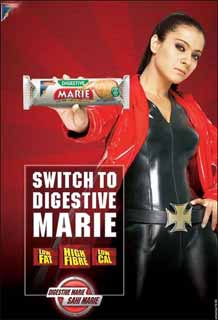

 . BJ Johnson company, owned by a person known as Caleb Johnson introduced a soap made from Palm and olive called as Palmolive. The soap was such a huge success that the company changed the name to Palmolive in 1917. It merged with another soap making company Peet Brothers to become Palmolive Peet. It later merged with Colgate in 1928.
. BJ Johnson company, owned by a person known as Caleb Johnson introduced a soap made from Palm and olive called as Palmolive. The soap was such a huge success that the company changed the name to Palmolive in 1917. It merged with another soap making company Peet Brothers to become Palmolive Peet. It later merged with Colgate in 1928.